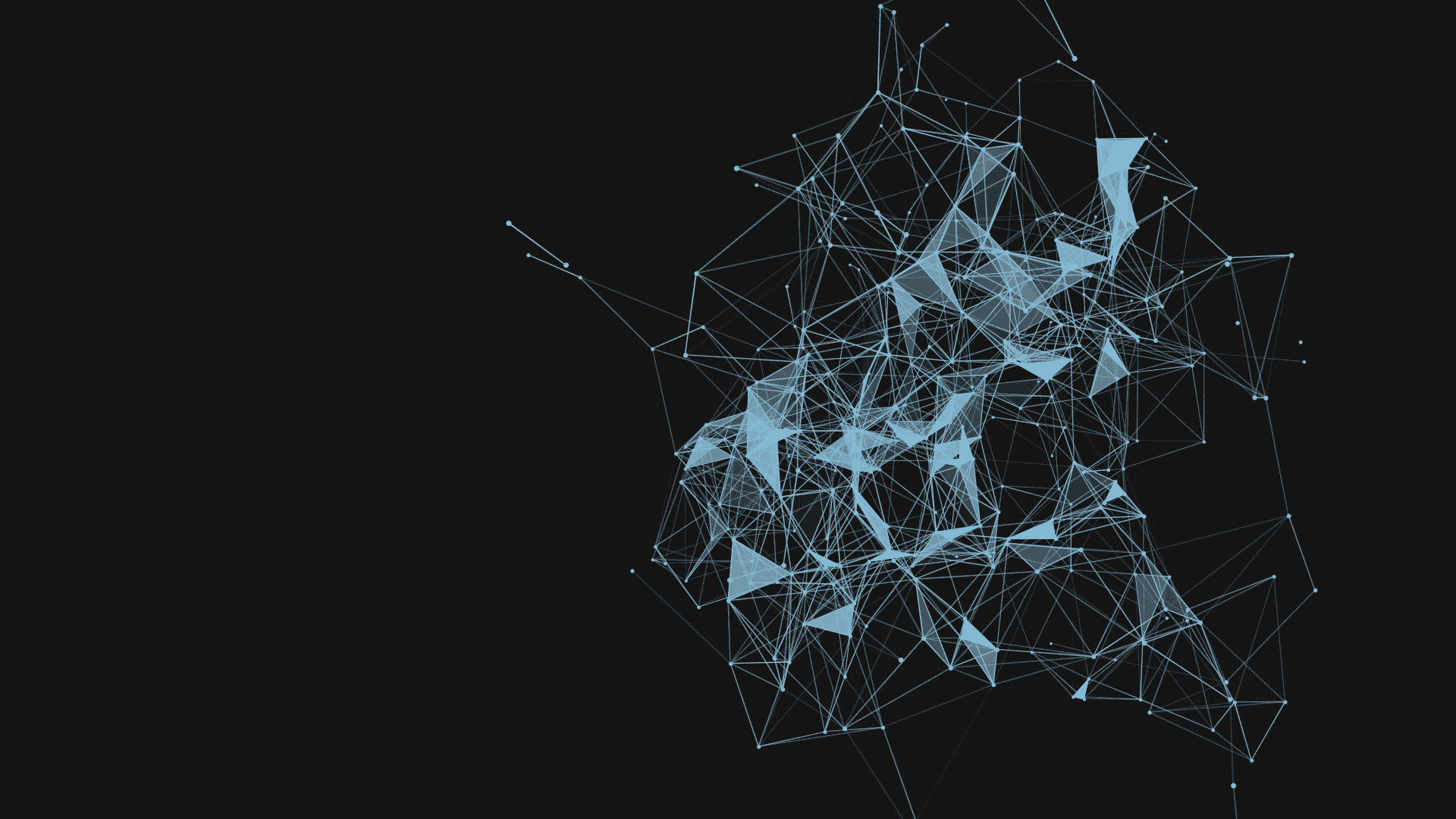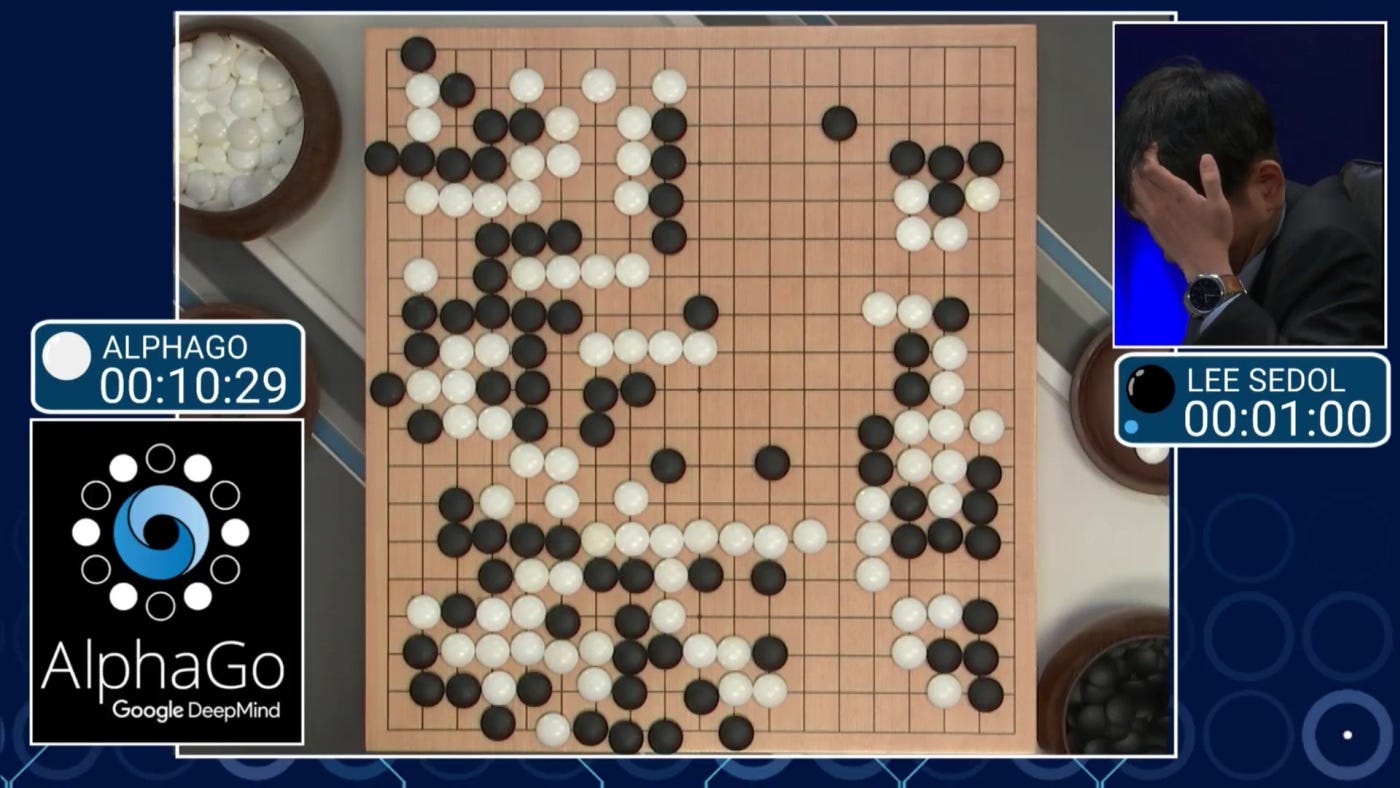
Artificial Intelligence
Last Updated on July 25, 2023 by Editorial Team
Author(s): Dhairya Kumar
Originally published on Towards AI.
Intro to Machine Learning, No Math Involved U+007C Towards AI
Demystifying Machine Learning
A gentle introduction to the scientific field of machine learning with no math involved

Machine learning is one of the most vaguely described terms of the 21st century. The biggest reason for its ambiguous description is that it is a multi-disciplinary field and it borrows concepts from various fields: statistics, probability, linear algebra, computer programming, etc.
In this article, I will mainly focus on explaining the basics of machine learning. So if you are a newbie in the field of machine learning or are just curious to know how machine learning works then this article is for you.
The topics that I will cover in this article are the following:
- Introduction to Artificial Intelligence
- Introduction to Machine Learning
- Types of Machine Learning
Before understanding the basics of machine learning it is paramount that you are familiar with the concept of artificial intelligence.
Artificial intelligence or AI as it is usually called is an umbrella term and it covers various tools and technologies.

The term artificial intelligence is used to define any machine that emulates the cognitive functions that are associated with human minds such as learning and problem solving.
From the image above it is clear that AI actually encapsulates various fields such as machine learning, robotics, etc. So we can say that AI is basically a superset of all these technologies.
Hopefully, you might have understood by now that artificial intelligence is not the same as machine learning. Machine learning is basically a subset of AI. So now, let’s explore machine learning.
Machine Learning
Let’s first look at a boring ML definition filled with jargons, after that, I will explain all these jargon which will help you to better understand the concept of machine learning.
Boring Textbook Definition —
Machine learning is the scientific study of algorithms and statistical models that computer systems use to effectively perform a specific task without using explicit instructions. Machine learning algorithms build a mathematical model of sample data, known as “training data”, in order to make predictions or decisions without being explicitly programmed to perform the task.
If you didn’t understand the above definition (provided you read it); GREAT. I don’t expect you to understand it on your own either, that is why I will simplify the above definition so that you can comprehend it easily.
Simplification of the Boring Textbook Definition —
Machine learning is the study of algorithms; it implies that we basically write a well-defined set of instructions (algorithm) and our model follows those instructions in order to effectively perform a specific task. It sounds like a traditional computer programming task but actually, it isn’t.
The key difference between traditional programming and machine learning can be seen below.

The above diagram might look a bit confusing as the output is being passed on as an input, but this is the core essence of machine learning. We take training data and output and with the help of these two things we create a machine learning model.
Not all machine learning algorithms use the output data for creating the model. We will look at different types of machine learning in great detail in the next section.
Types of Machine Learning
Machine learning can be divided into three sub-types –
- Supervised Machine Learning
- Unsupervised Machine Learning
- Reinforcement Learning
Supervised Learning
In this type of learning we have labeled data i.e we basically know what the correct output is and hence if our model predicts the wrong output then we can correct it with the help of a loss function.
Loss function basically imposes a penalty which helps the model to understand that it made a mistake.
Supervised learning can be broadly classified into 2 sub-types —
- Regression — In this technique, we basically deal with continuous data i.e. there is no exact class label that we can predict.
Example — The most common example is of calculating the price of a house. In this case, we are given certain features like the location of the house, the number of rooms, the size of the house in square feet, etc. and we need to predict the price of the house based on these features. So it is pretty clear that the price of a house will be continuous i.e it can be any real value like $ 12000, $12150, $15000, etc.
2. Classification — In this technique, we deal with categorical data i.e we have class labels that we need to predict.
Example — A good example here would be to predict whether an image contains a cat or a dog.

In this case, we have only two possible outcomes i.e we can only classify an image as either a cat image or a dog image. This type of task is called binary classification since we only have two class labels. If we have multiple class labels such as cat, dog, bird, horse, etc. then it becomes a multi-class classification problem.

Unsupervised Learning —
In this type of learning we don’t have any labeled data i.e. we don’t have any classes or labels that we need to specifically predict. So based on the features (ex — height, weight, etc.) we try to group the values together by looking for a common pattern in our data points. The most common technique used in unsupervised learning is Clustering.
Example– Suppose we are given a set of images comprising of dog and cat images then even if we don’t know the class label then also we can look and analyze all the cat images and say that these look identical and if we compare them with dog images then we will realize that they are different from the cat images. So basically what we can do is that we can create two separate clusters of cat and dog images.

The blue cluster is dogs and the red cluster is a cat. So here we divided those images even without knowing the class labels that is the essence of unsupervised learning.
Reinforcement Learning —
In this form of learning, we follow the trial and error approach; we just look for the actions that can yield the best results.
Components of Reinforcement Learning —
- Agent — It is the decision-maker of the system.
- Environment — Agent interacts with the environment in order to take the required action.
- Action — It defines what the agent can do. Ex- pressing a particular button in a game and things like that.
So, basically, the agent chooses the action that maximizes its reward.
All the dope applications of AI that you have heard of recently have been in this category. Whether it is DeepMind’s AlphaGo or if you are a MUSK fan like me then his OpenAI bots also defeated a bunch of pro Dota players by leveraging the power of reinforcement learning.

And with that, we have come to the end of this article. Thanks a ton for reading it.
Join thousands of data leaders on the AI newsletter. Join over 80,000 subscribers and keep up to date with the latest developments in AI. From research to projects and ideas. If you are building an AI startup, an AI-related product, or a service, we invite you to consider becoming a sponsor.
Published via Towards AI
Take our 90+ lesson From Beginner to Advanced LLM Developer Certification: From choosing a project to deploying a working product this is the most comprehensive and practical LLM course out there!
Towards AI has published Building LLMs for Production—our 470+ page guide to mastering LLMs with practical projects and expert insights!

Discover Your Dream AI Career at Towards AI Jobs
Towards AI has built a jobs board tailored specifically to Machine Learning and Data Science Jobs and Skills. Our software searches for live AI jobs each hour, labels and categorises them and makes them easily searchable. Explore over 40,000 live jobs today with Towards AI Jobs!
Note: Content contains the views of the contributing authors and not Towards AI.














